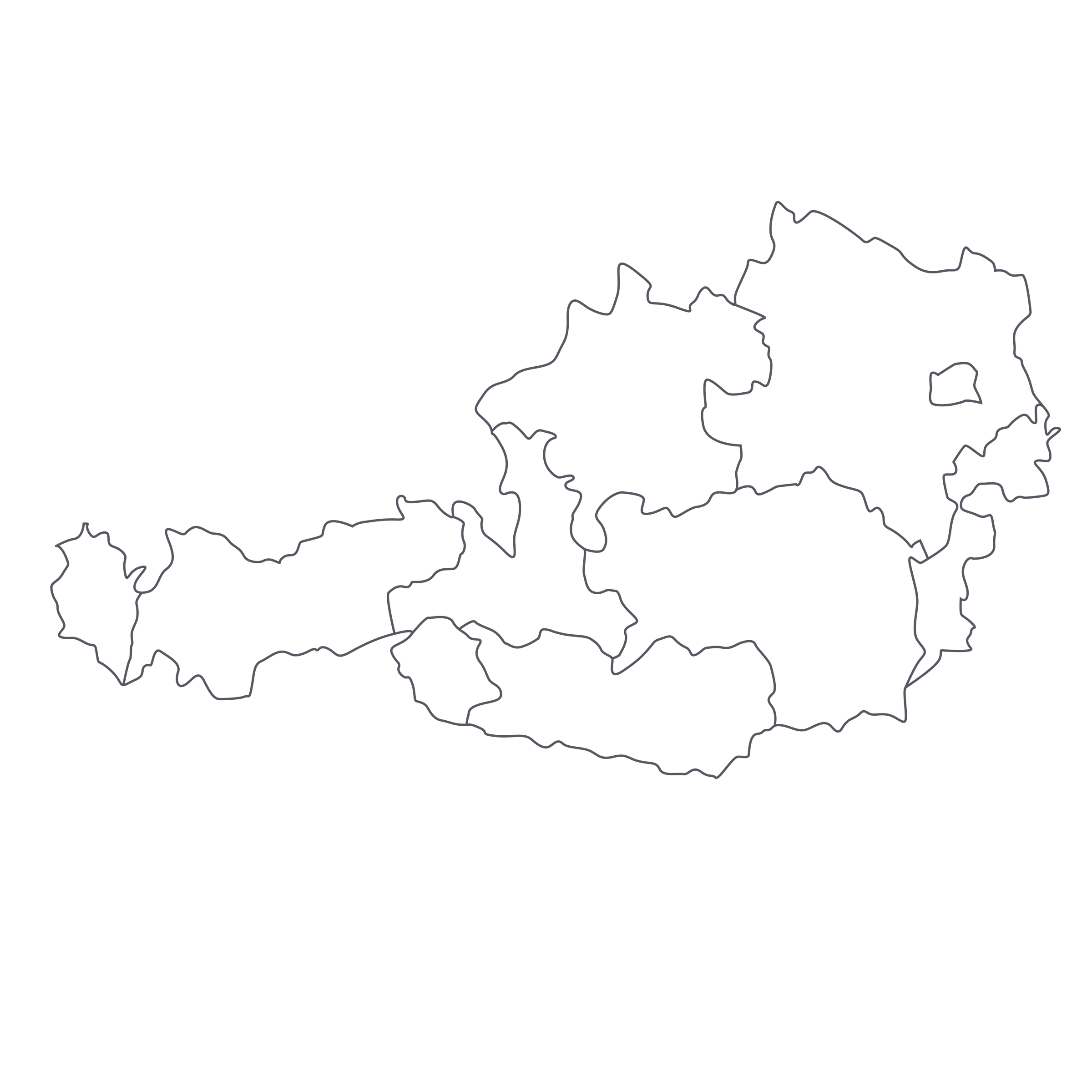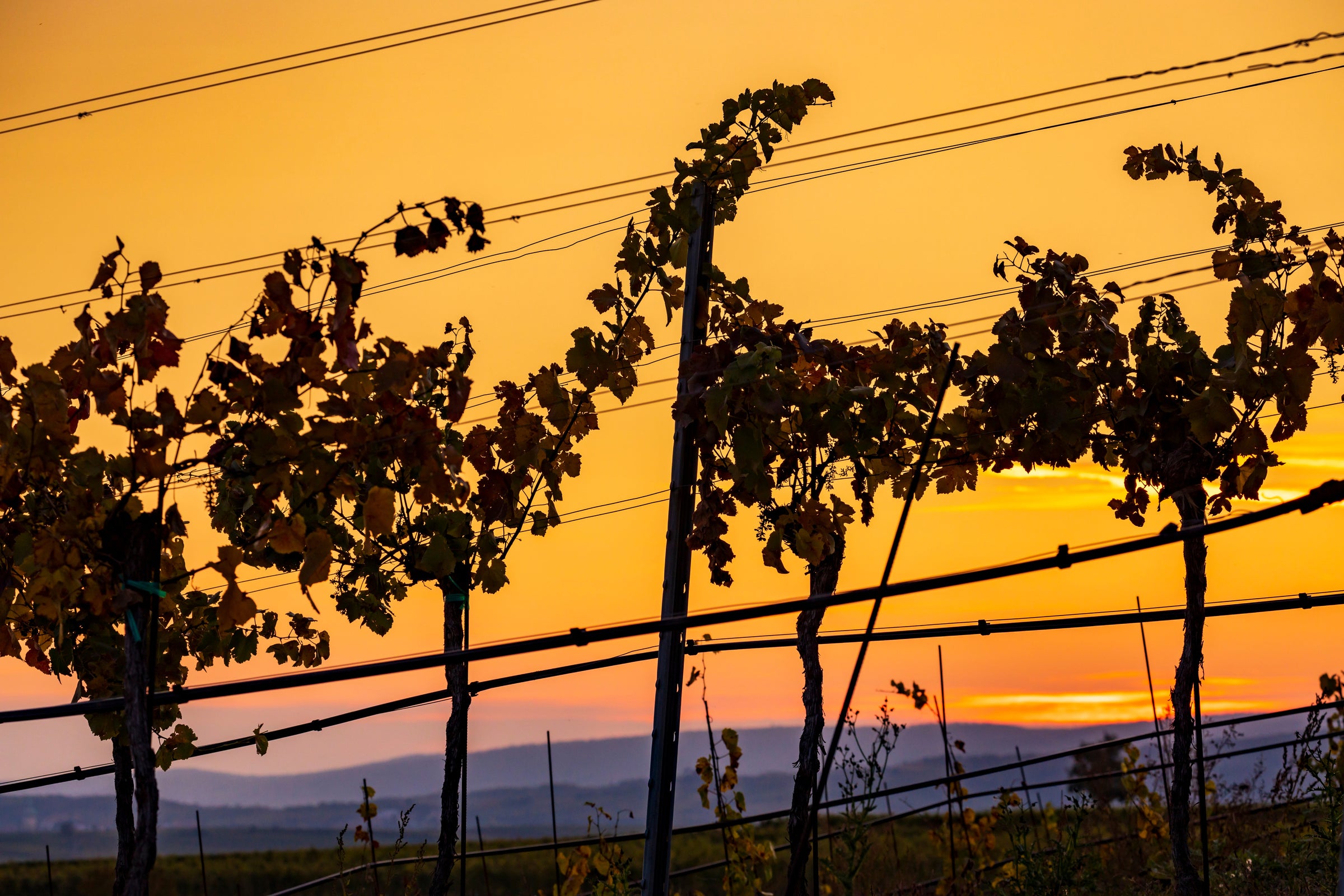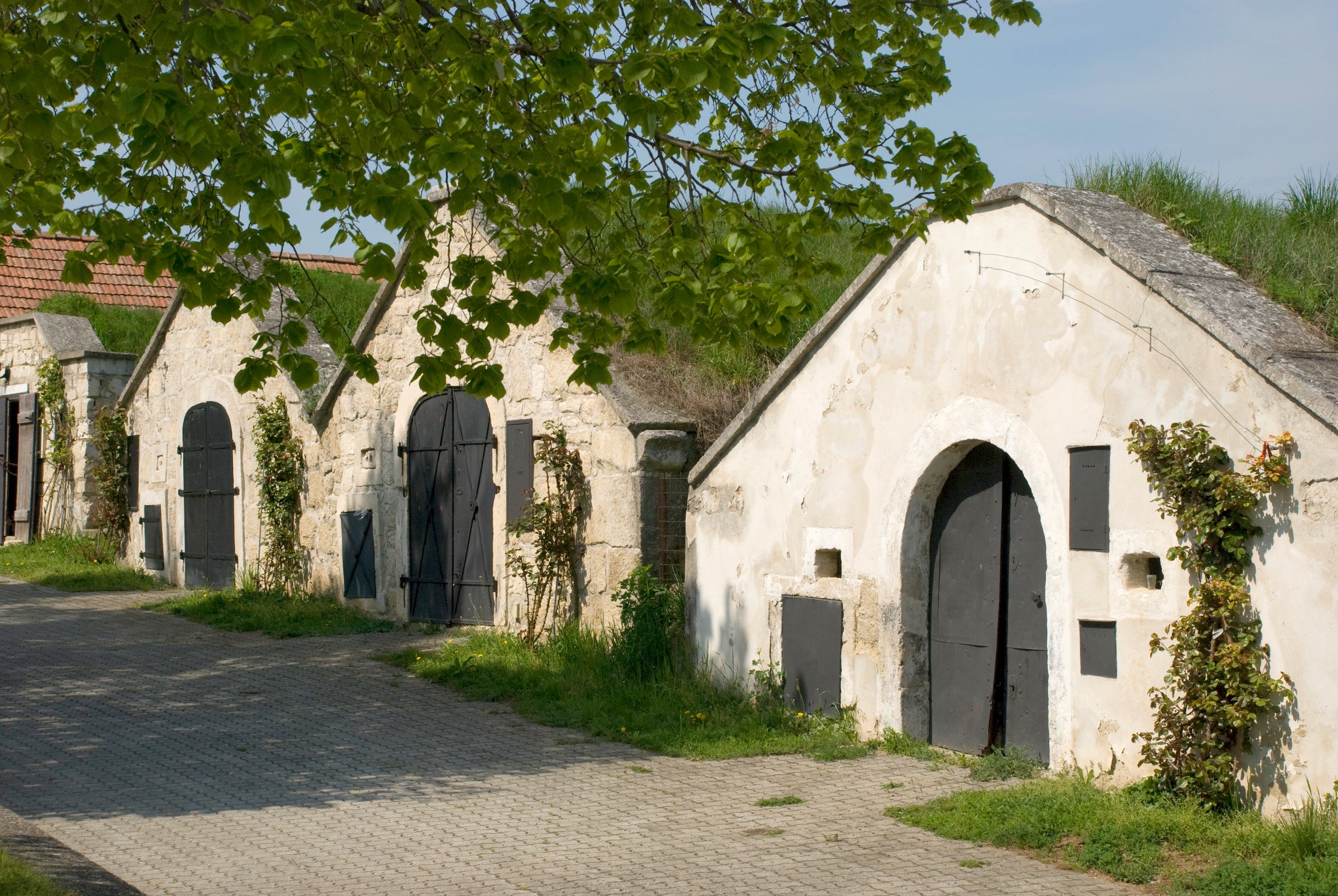Grüner Veltliner is a “Goldilocks” grape that enjoys a love-love relationship with sommeliers: Its acid is slightly less fierce than a steely Chablis; its texture is more generous than a dry Chenin; and its minerality surges like a fine German Riesling. To me, Grüner is the ultimate crowd pleaser.
Every time I pour someone a glass of this bold and savory variety, the response is all smiles and second servings. I’d even go as far as to say there is no better way to serve and please the thirsty world than with a tall bottle of Salomon Undhof. A consummate go-to for insiders and die-hard Grüner fans alike, Salomon Undhof stays the course, rarely unsettled by tricky vintages nor persuaded by glossy winemaking trends. In the end, they win, producing one of the most honest expressions of Grüner Veltliner under $30. Today’s wine lives in the catchphrase circles of “value” and “quality,” but above all, its greater circle is “excellence.” If you are a fan of excellence, look no further!
The Salomon Undhof course is a long one at 226 years: That’s a lot of time to perfect white winemaking in the trenches of the Kremstal. But, the history of the land stretches even further back, into the 8th century, when Capuchin monks followed Charlemagne’s army down the Danube and reimagined the barren, south-facing slopes as fertile grapevine terraces. “Undhof” aptly refers to the original farm, passed on from the monks to the Salomon family, prominent boatmen who traded salt and fancied wine as a side business. Wine became forefront in the 20th century when the family became the first exporter in the region. You can’t talk about Austrian wine without its darling grape Grüner Veltliner, and somewhere in the conversation there has to be a nod to Salomon Undhof.
Sandwiched by the illustrious Wachau and Kamptal wine regions, the Kremstal maintains a relatively low-key profile, despite being no less rich in great terroir. Big-time producers like FX Pichler, Veyder-Malberg, and Emmrich Knoll exemplify the soul of the Wachau, while Bründlmayer, Hirsch, and Schloss Gobelsburg triumph in the Kamptal. What these producers are to those regions, Salomon Undhof is to the Kremstal.
The Danube River slices the Kremstal in half, creating a northern and southern sector. Most producers, like Nigl and Proidl, reside well north of the Danube, where the Kremstal river diagonally snakes through the heart of the region. Salomon Undhof, though, sits close to the Danube, in the southwest corner of the region on the doorstep of the Wachau. And just as in the Wachau, the generous width of the Danube makes it a crucial regulator of temperature, a protector from extreme hot or cold, providing grapes a comfortable microclimate to ripen evenly. Here, Grüner, which needs ample water to thrive, likes the lower-lying soils, whereas Riesling is planted on the higher primary rock terraces. The Grüner in today’s bottle comes from the “Wieden” vineyard, a walled vineyard adjoining the winery. The sandy soils—ancient deposits of the Danube—are different from the loess (wind-blown silt) found farther inland. As a result, Grüner from “Wieden” is deeply aromatic, and with its proximity to the Danube, the wine bends from stick-straight to slightly round on the palate.
Untouched by botrytis and oak, today’s wine personifies the delicious quirks of Grüner Veltliner. Harvest of the grapes began in early October, followed by a brief maceration with its skins and an unhurried six-week fermentation with native yeasts. The wine rested on its fine lees in tank and was bottled in the spring. Sealed with a Stelvin (screwcap) closure, this is a wine for drinking and sharing now (it will, however, hold on for several years if you choose to cellar it).
In the glass, a pale-yellow core fades into platinum and green. You might notice tiny bubbles, which give Grüner its bounce and spritz (which will dissipate with time open). On the nose, savory notes sing before fruity ones, with freshly picked tarragon, celery leaves, and white pepper. Tucked underneath the savory layer, fruits of ripe yellow apple and white pear lean into white peach. On the palate, the wine is full of zest, intensified by flexible acidity and comforted by layers of texture. Ending with a savory tone, Grüner is a sommelier’s best friend for food and wine pairings. This is your chance to be creative, be fearless, cook like a chef and drink like a sommelier. One of my favorite accompaniments is braised celery, which once cooked, develops a sweetness that is light and refreshing and perfect for summertime. As a full-on meal, I would marry the celery with a simply prepared grilled or slow-baked salmon and a glass of this 2017 “Wieden”—just remember, you’ll need plenty of second servings!






